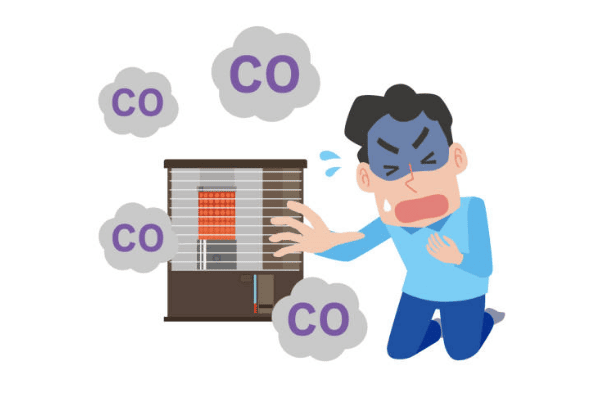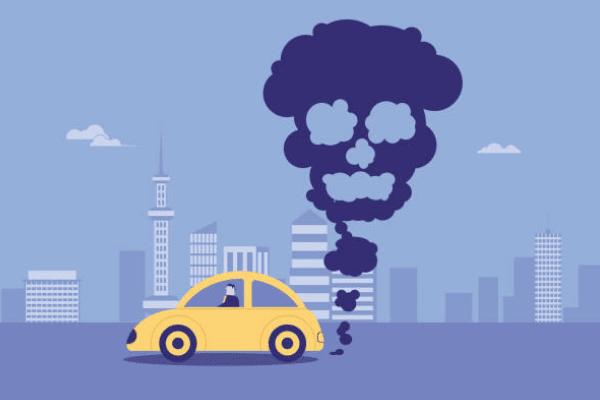Emergencies >>>> Help for carbon monoxide or exhaust poisoning
Help for carbon monoxide or exhaust poisoning

Carbon monoxide and exhaust gases are similar in their source, as they are products of combustion of materials, substances, gasoline and other petroleum products (almost all materials and substances of synthetic production are derivatives of petroleum products). These types of gas have the property of very quickly binding with other substances in the body, which complicates or even stops biochemical reactions involving oxygen. In fact, the body begins to die from the lack of oxygen in its tissues.
Carbon monoxide and exhaust gases differ in that carbon monoxide has no smell, while exhaust gases have a specific smell. But this does not reduce the danger of poisoning with such gases, since carbon monoxide poisoning can be completely unnoticeable for oneself. Exhaust gas, despite its specific smell, can cause poisoning unnoticeably, since it is a familiar smell for a person from cars with a gasoline engine.
Carbon monoxide and exhaust gases may be the products of combustion of many materials for household use. For example, combustion of oil-based paints, combustion of poorly purified synthetic oils, combustion of solvents, varnishes, rubber, plastic, synthetic materials, polyethylene film and bags are accompanied by emissions of gas into the atmosphere. Some adhesives and paints may emit gas as a reaction product when these materials dry. Many materials and coatings for repair and decorative work may become a source of this type of gas when burning or when gluing, despite the fact that these types of gas have a connection with the combustion process in their names. These chemical reactions of curing or drying of adhesive or paint materials may occur with an increase in temperature during drying or curing. And an increase in temperature, in turn, may be accompanied by a change in the form of existence of chemical substances in the materials used with the release of gas.

You can accidentally inhale carbon monoxide or exhaust gas when you are near a fire made from wooden furniture boards, since the furniture is treated with a special impregnation and paint coatings, the combustion of which causes the gas to escape. You can also be poisoned by exhaust fumes from burning petroleum products when you are near a running gasoline or diesel car engine.
The first signs of carbon monoxide or exhaust poisoning may begin with general weakness, dizziness, headache and drowsiness. A dangerous case is when a person loses consciousness, as he cannot get out into the fresh air. And the danger of poisoning with such types of gas lies in wait for a person during the period when he has inhaled gas, but managed to get out of the room into the open space. In such cases, health may deteriorate up to a fatal outcome after a while (a day or more), since carbon monoxide and exhaust gas bind to oxygen-conducting components in the body and do not allow tissues and organs to be saturate with oxygen.
First aid for carbon monoxide and exhaust poisoning is an open space with plenty of clean air and oxygen inhalations. For unconscious people, long artificial respiration procedures are performed. It is always necessary to call professional medical help and transport the person who has been poisoned for tests and adequate assistance using special medical equipment and medications that help remove carbon monoxide compounds from the body.
If you suspect that carbon monoxide or exhaust gas is being released into the air space of a room, you must cover your airways with a cloth (like a filter) and leave the space enclosed by the walls.

Read

Read



























